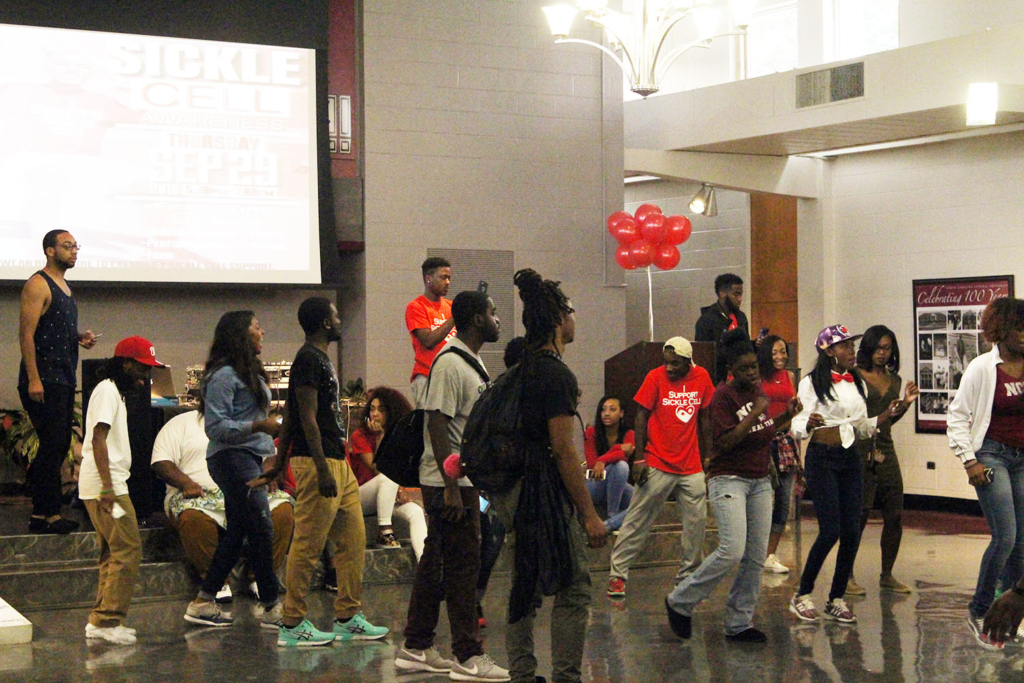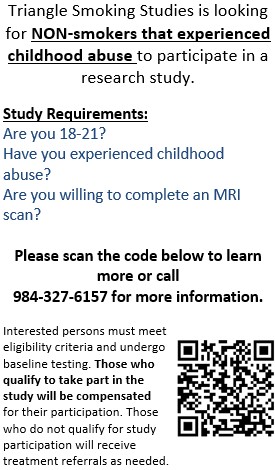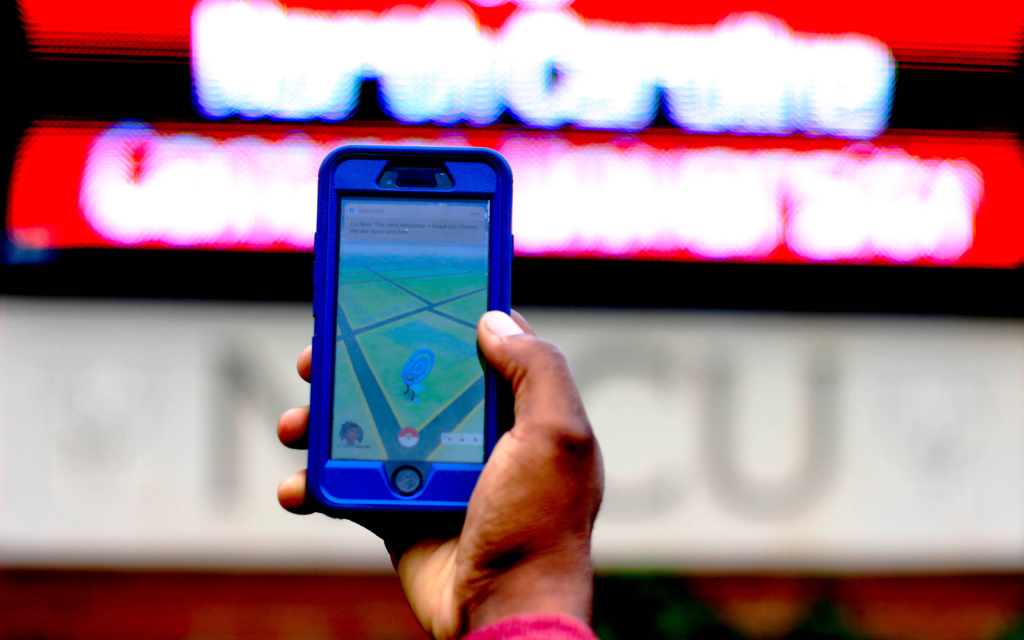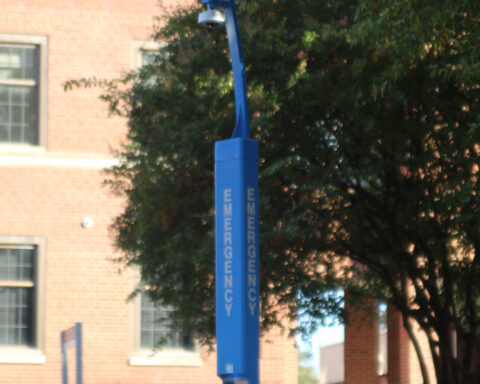A sea of red filled the Alfonso Elder Student Union Thursday Sept. 29 as students, faculty, and staff came together to have fun and educate themselves about sickle cell disease at Stand Up to Sickle Cell for Sickle Cell Awareness Month.
The event was created by 2016-2017 Mr. NCCU Patrick Minor, who is diagnosed with sickle cell.
Through Minor’s platform, “Practicing Aspiring Truths (PAT),” the goal of Stand Up to Sickle Cell was to learn, support and celebrate those diagnosed with sickle cell disease.
It featured student performances, students sharing their stories, games, and food. Shirts that read “I support sickle cell” were handed out to students to wear for the event.
Darius Middleton, a senior voice performance student who performed at the event, said he gained a new respect for Minor.
“The event was cool. I respect Pat so much more now for allowing the campus community to get to know him in this way,” Middleton said. “The event definitely opened a lot of eyes about sickle cell and what it’s like to deal with it on a daily basis.”
According to sicklecelldisease.org, people with the disease have red blood cells that contain mostly hemoglobin S, an abnormal type of hemoglobin.
Sometimes these red blood cells become sickle-shaped or crescent shaped, making it difficult for the blood cells to pass through small blood vessels.
Their website also states that when sickle-shaped cells block small blood vessels, less blood reaches the body. Tissue that does not receive a normal blood flow eventually becomes damaged. This is what causes the complications of sickle cell disease. There is no universal cure for sickle cell disease.
Antonio Sutton, an NCCU alumnus, described his experience dealing with sickle cell.
“I have the sickle cell trait. Back in 2009, I had a piece of bone in my hip that rotted away. It was basically from sickle cell there was nothing I could do,” Sutton said. “Living with sickle cell comes with its downs, but you can’t let it control your life. You can’t let it stop you from doing what you want to do.”
Sutton made it clear that sickle cell won’t stop him. He still dances, and he was a member of two dance groups while he attended NCCU.
“I still dance. That’s something I love to do. I graduated from Central; that was one of my goals. I’m just living life as far as living with sickle cell,” he said.
Living with sickle cell is not easy, but apparel design junior Kamryn McCorkle managed to be a star athlete despite her circumstances.
“When I got older, I started having these episodes. I’m an athlete so when you do strenuous work and stuff; I get heavy breathing, and I got diagnosed with sports-induced asthma,” McCorkle said. “I actually passed out at one of my track meets before.”
For the most part, McCorkle said she lives a normal life.
“I really don’t let it affect me. I still do my sports. I still do all the activities, but it does play a big role in my life and I have to monitor myself,” she said. “I just have to stay hydrated and make sure I’m doing the right things.”
Sickle cell disease affects approximately 100,000 Americans and is considered a rare disease, according to the Center for Disease Control and Prevention.
For more information about sickle cell or how you could help the cause, visit sicklecellsociety.org.
Story by Deja Spooney



















